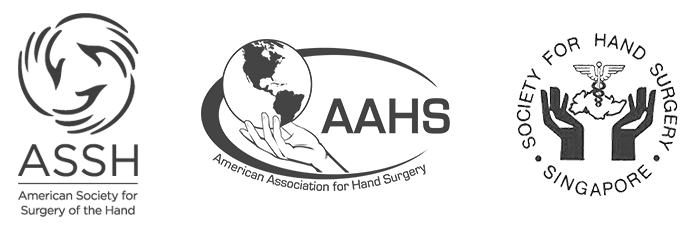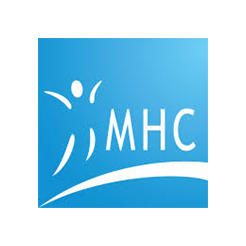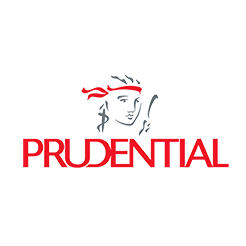Platelet Rich Plasma is a new approach to the treatment of tendon injuries.
Platelet-rich plasma (PRP) is blood plasma that has been enriched with platelets. As a concentrated source of autologous (patient’s own) platelets, PRP contains and releases several different growth factors and other cytokines that stimulate healing of bone and soft tissue.
A study published in the American Journal of Sports Medicine in November 2006 showed that over 90% of patients with tennis elbow were “completely satisfied” with the results of their PRP treatments and avoided surgery [1].
WHAT ARE TENDONS?
Tendons are the structures that attach muscle to bone. They often bear significant force, and as a result are vulnerable to injury. Tendons have a limited blood supply, which limits their ability to heal.
Current treatments for chronic tendon injuries are temporary in nature and do not provide long-term relief. In fact, cortisone injections have been shown to increase the risk of tendon rupture and are not recommended for repeated use. Anti-inflammatory medications are temporarily helpful but have adverse side effects.
WHAT IS PLATELET RICH PLASMA THERAPY?
Platelet Rich Plasma Therapy, or PRP, is a treatment option for non-healing tendon injuries such as tennis elbow, achilles tendonitis and knee tendonitis. PRP technology was initially developed 20 years ago for heart surgery to aide with wound healing and blood loss. Its benefits are now being applied towards the facilitation of healing tendon injuries. In fact, PRP has been widely used for years in Europe to treat various tendon injuries.
HOW DOES A PRP PROCEDURE WORK?
Using the patient’s own blood, specially prepared platelets are taken and then re-injected into the tendon of the affected area. These platelets release substances known as “growth factors” that lead to tissue healing. For example, when you cut yourself, the body’s natural response is to attract platelets that release growth factors and facilitate the healing. By concentrating the platelets we increase the growth factors up to eight times which promotes the healing of tendons. While other tendon injury treatments such as corticosteroid injections may provide temporary relief and stop inflammation, PRP injections actually heal the tendon over a period of time.
The human body has a remarkable ability to heal itself and by re-injecting concentrated platelets we are facilitating the natural healing process.
IS PRP RIGHT FOR ME?
Patients should consider PRP treatment if they have been diagnosed with a tendon injury in which conservative treatment such as anti- inflammatories, physical therapy and bracing have not provided symptomatic relief.
For most patients PRP offers a solid, alternative treatment for those who do not wish to have surgery. An initial evaluation will determine if PRP is a viable treatment option.
HOW DO I PREPARE FOR AN INJECTION?
Patients will be scheduled for an evaluation to determine if PRP is a viable treatment option. An MRI may be done prior to the injection to insure a proper diagnosis and that there is not a major tear in the tendon that might best be treated surgically.
The PRP injection usually takes an hour and is performed on an outpatient basis. Do not take anti-inflammatories one week prior to the injection as this will limit the treatment benefits.
HOW DO I CARE FOR MY INJECTION SITE AFTER TREATMENT?
Initially the procedure may cause some localised soreness and discomfort. Patients may apply ice and elevation as needed. After one week the patient will likely begin a rehabilitation program with physical therapy. It is not advisable to take anti-inflammatory medications following the injection. Notify your physician if you have an allergy to epinephrine or bupivicaine (marcaine). If you are unsure, contact your primary care physician.
WHAT ARE POTENTIAL BENEFITS OF PRP TREATMENT?
Patients can expect to see significant improvement in symptoms; elimination of the need for more traditional treatments such as medications, cortisone injections or surgery; and a dramatic return of function.
WHAT ARE THE SIGNIFICANT SIDE EFFECTS?
Although uncommon, the risks include those signs/symptoms associated with an injection including: pain, infection, no relief of symptoms, worsening of symptoms, blood clot, nerve injury, skin discolouration, calcification, scarring, loss of fat to the affected area, and allergic reaction.
After the injection, if you experience any of the above side effects, please contact your doctor.
HOW SOON CAN I GO BACK TO REGULAR PHYSICAL ACTIVITY?
This treatment is not a “quick fix” and is designed to promote long-term healing of the tendon. The process of PRP requires time and rehabilitation to allow the injured tendon to heal. Prior studies on tennis elbow have demonstrated at six months, an 81% improvement in pain scores and at follow up at 1-3 years, 93% reduction in pain. [1]
Through regular follow-up visits your doctor can determine when you are able to resume regular physical activities.
[1] Mishra A and Pavelko T. Treatment of Chronic Elbow Tendinosis With Buffered Platelet-Rich Plasma. American Journal of Sports Medicine, November 2006 vol. 34, no. 11, 1774-1778
News clips on PRP treatments in athletes:
To find out if you are a suitable candidate for PRP, and to find out more about how it can help you, Call +65 6440 1200 or +65 6737 1100 to schedule an appointment with Hand Surgery Specialist, Dr. Jonathan Y. Lee.

















